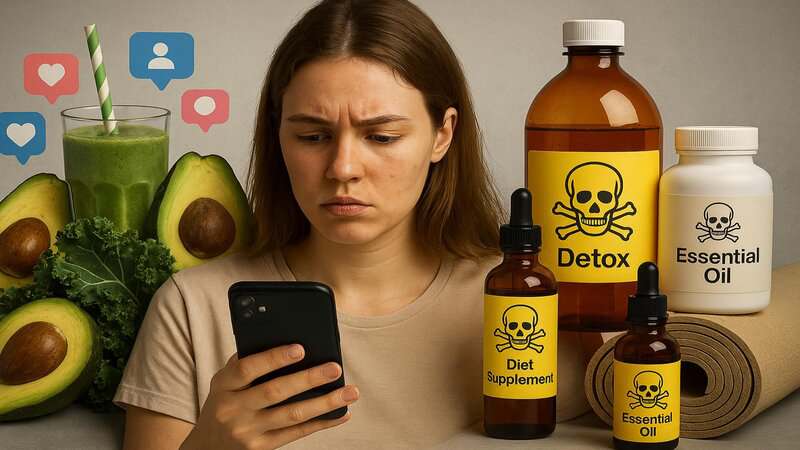Once a fringe movement, the global wellness industry has exploded into a $7 trillion powerhouse that reaches every corner of modern life. From CBD oils to boutique fitness studios and “clean eating” trends, wellness is no longer just about health—it’s a booming business promising transformation and longevity. But as the industry grows, so does a troubling paradox. The relentless pursuit of “optimal wellness” can breed anxiety, guilt, and obsession over our bodies and lifestyles. Instead of making us healthier, this new culture may be fueling fresh waves of stress and insecurity. Forbes

























